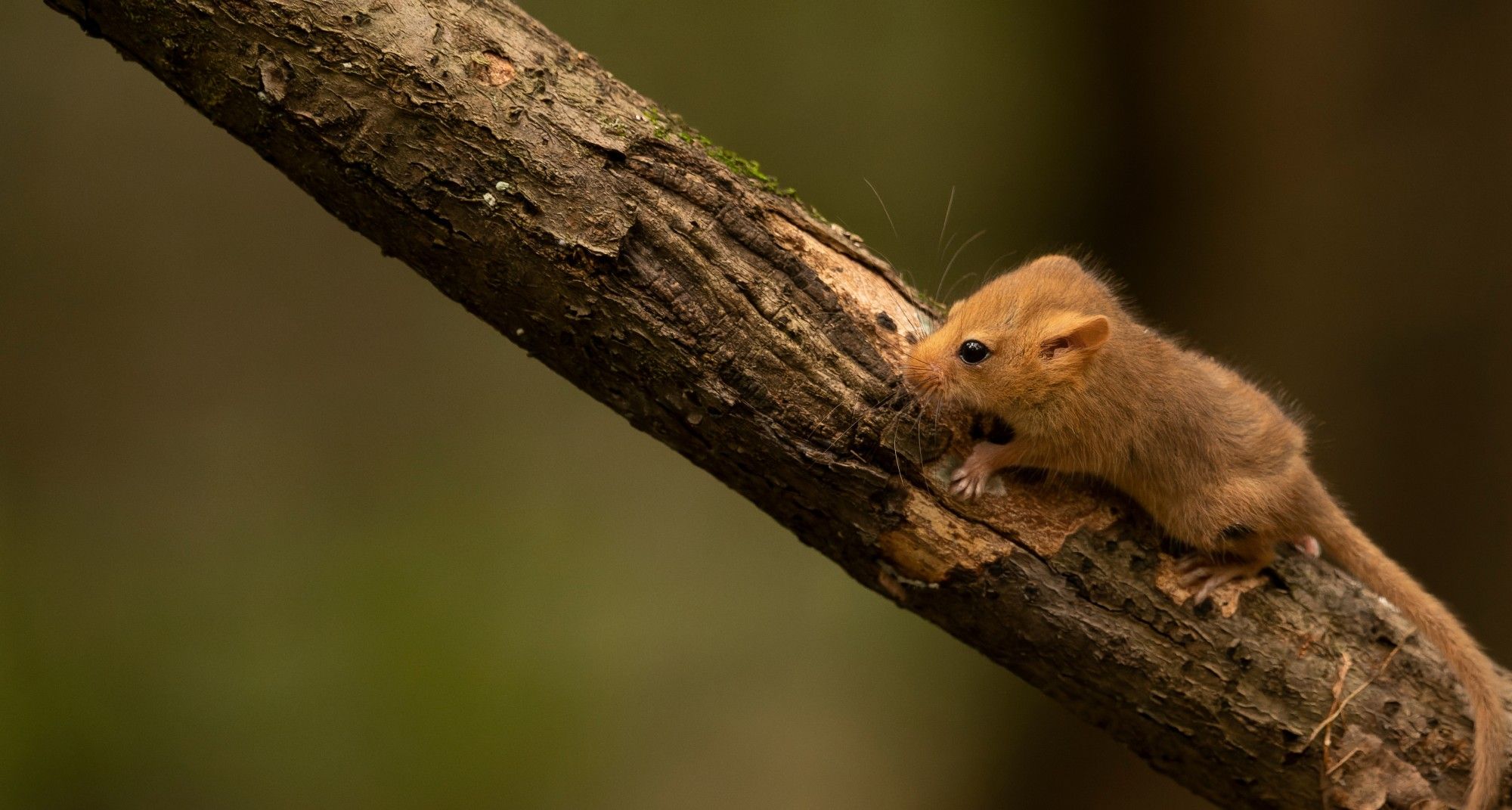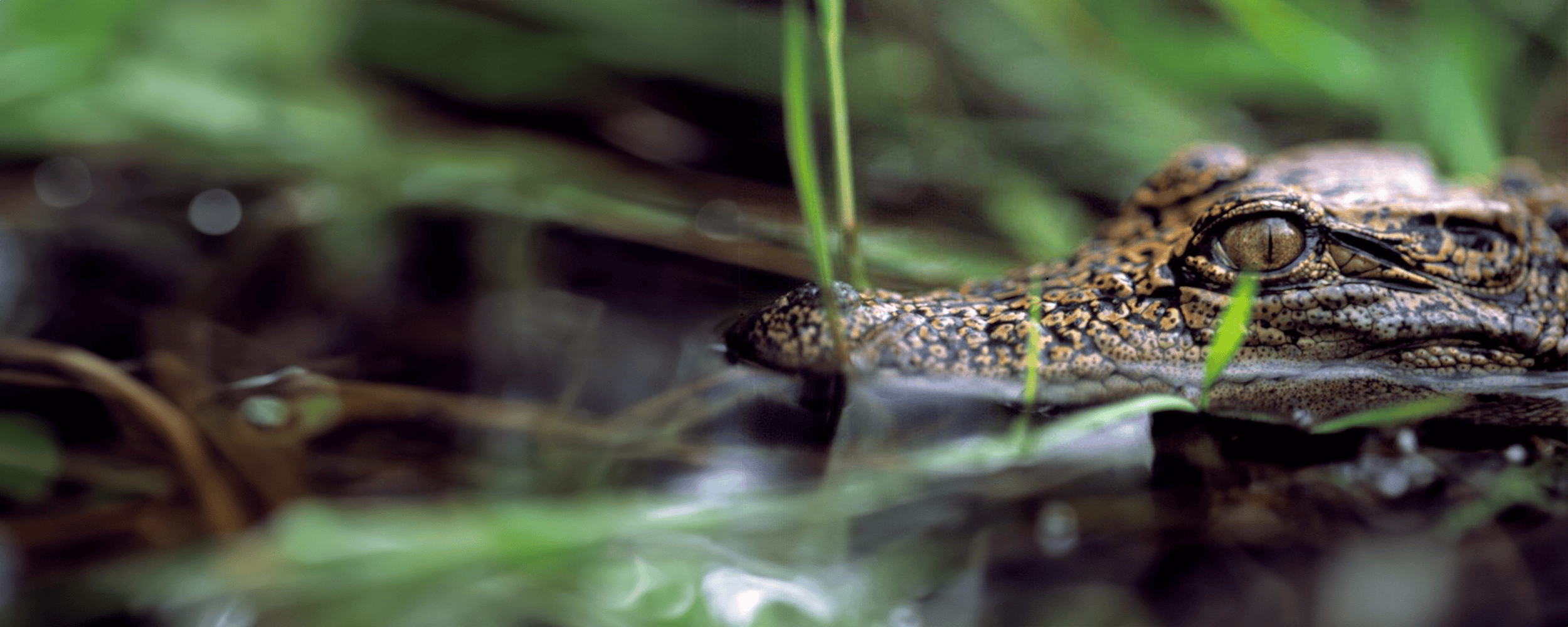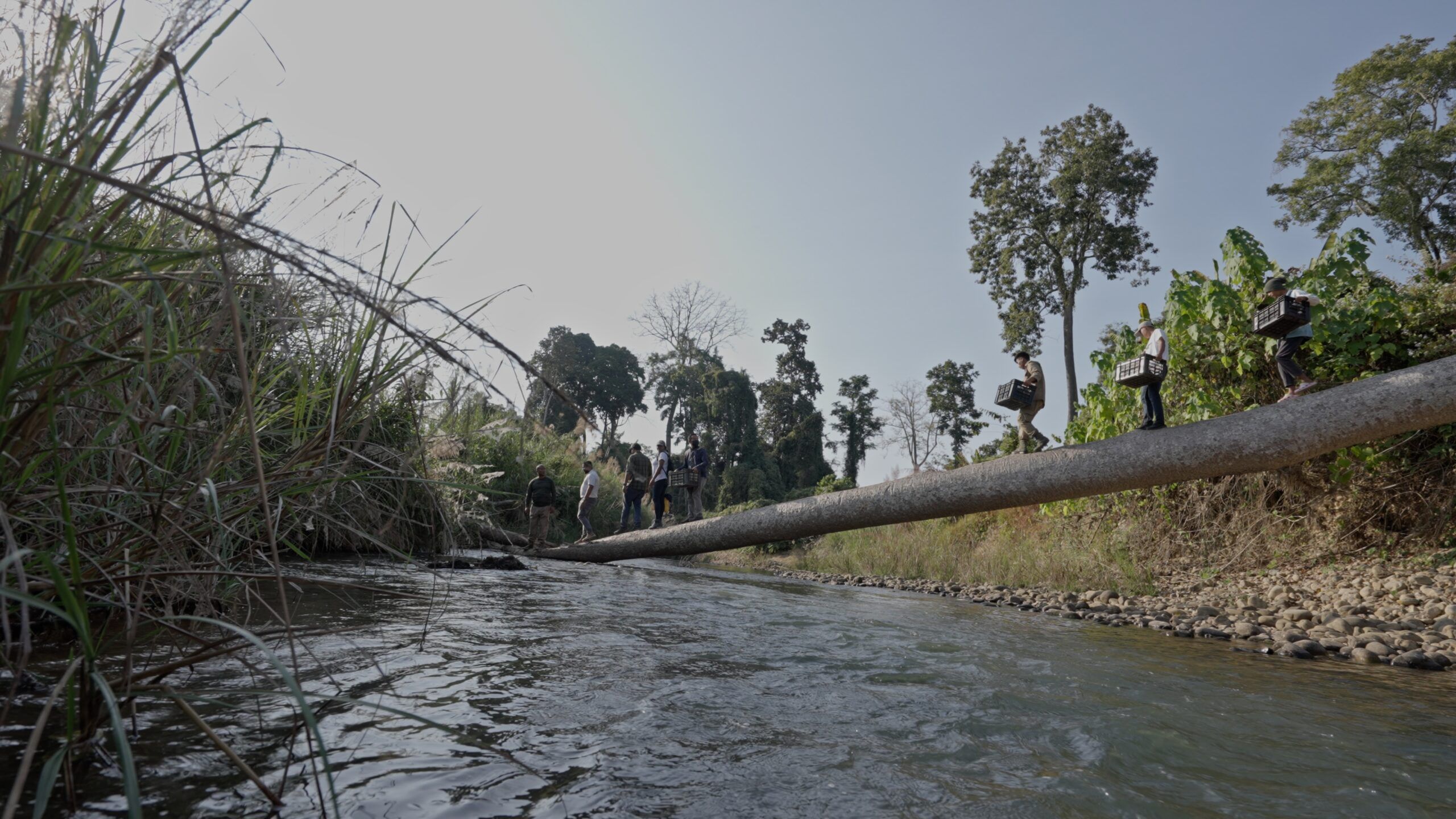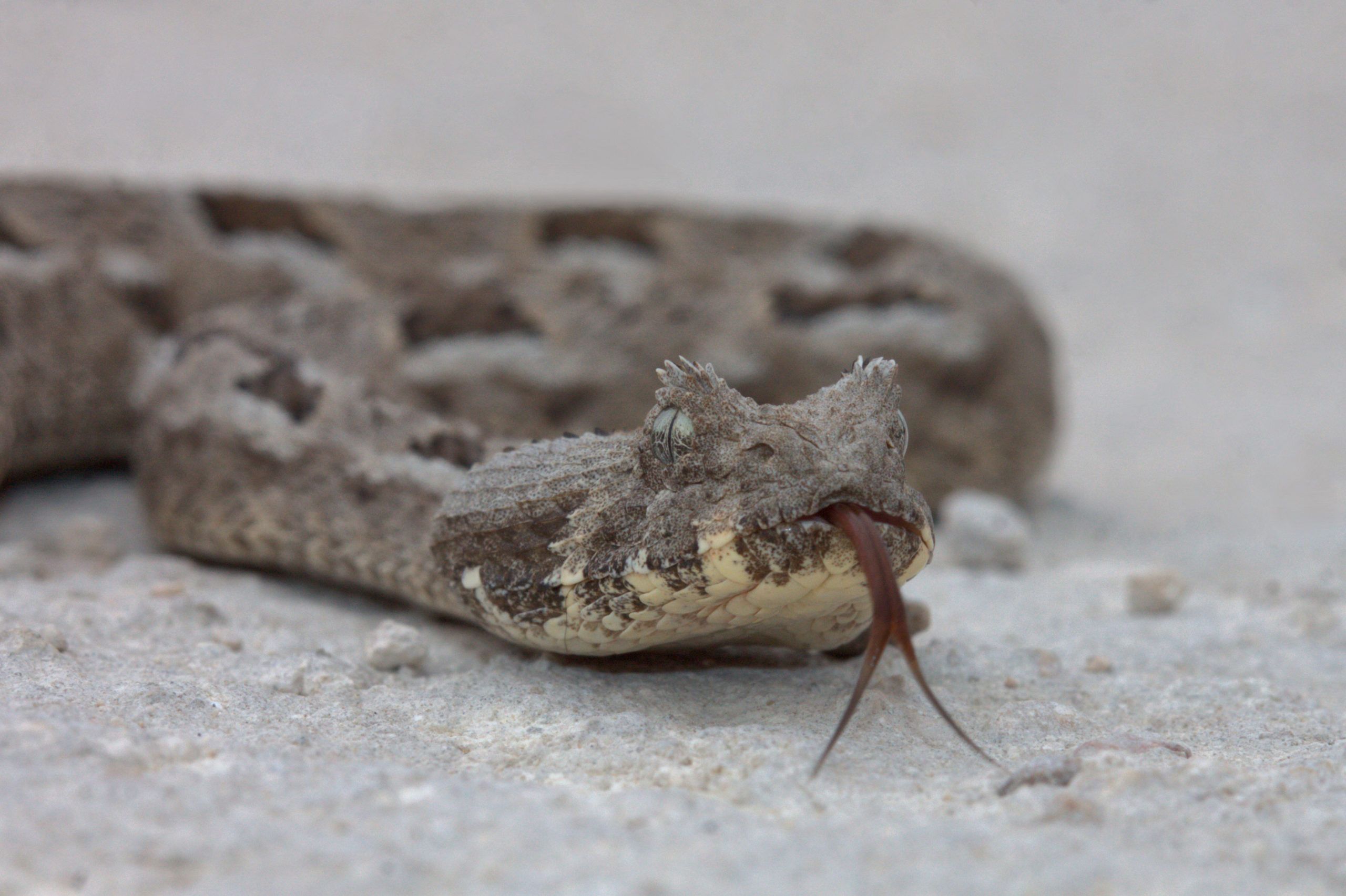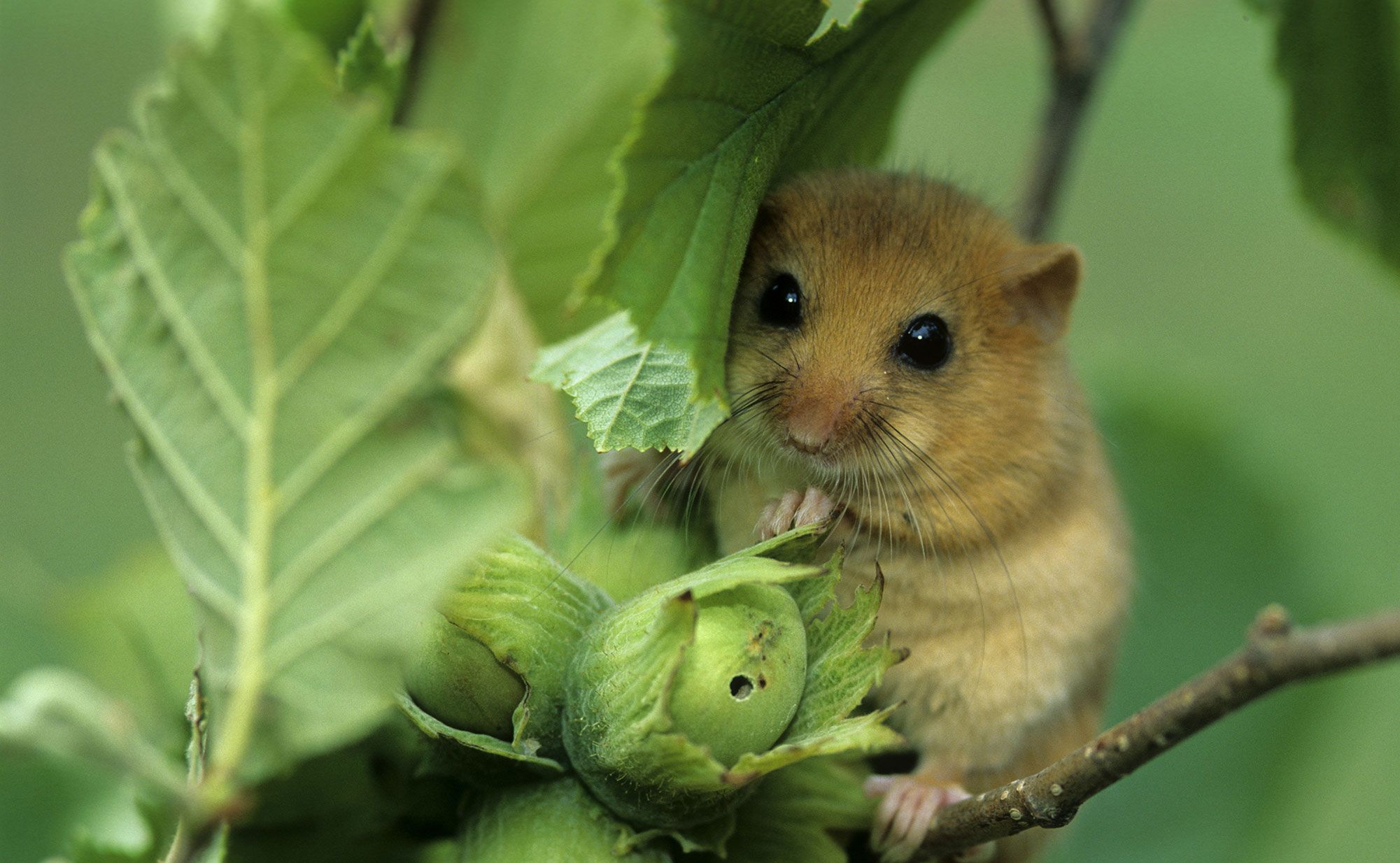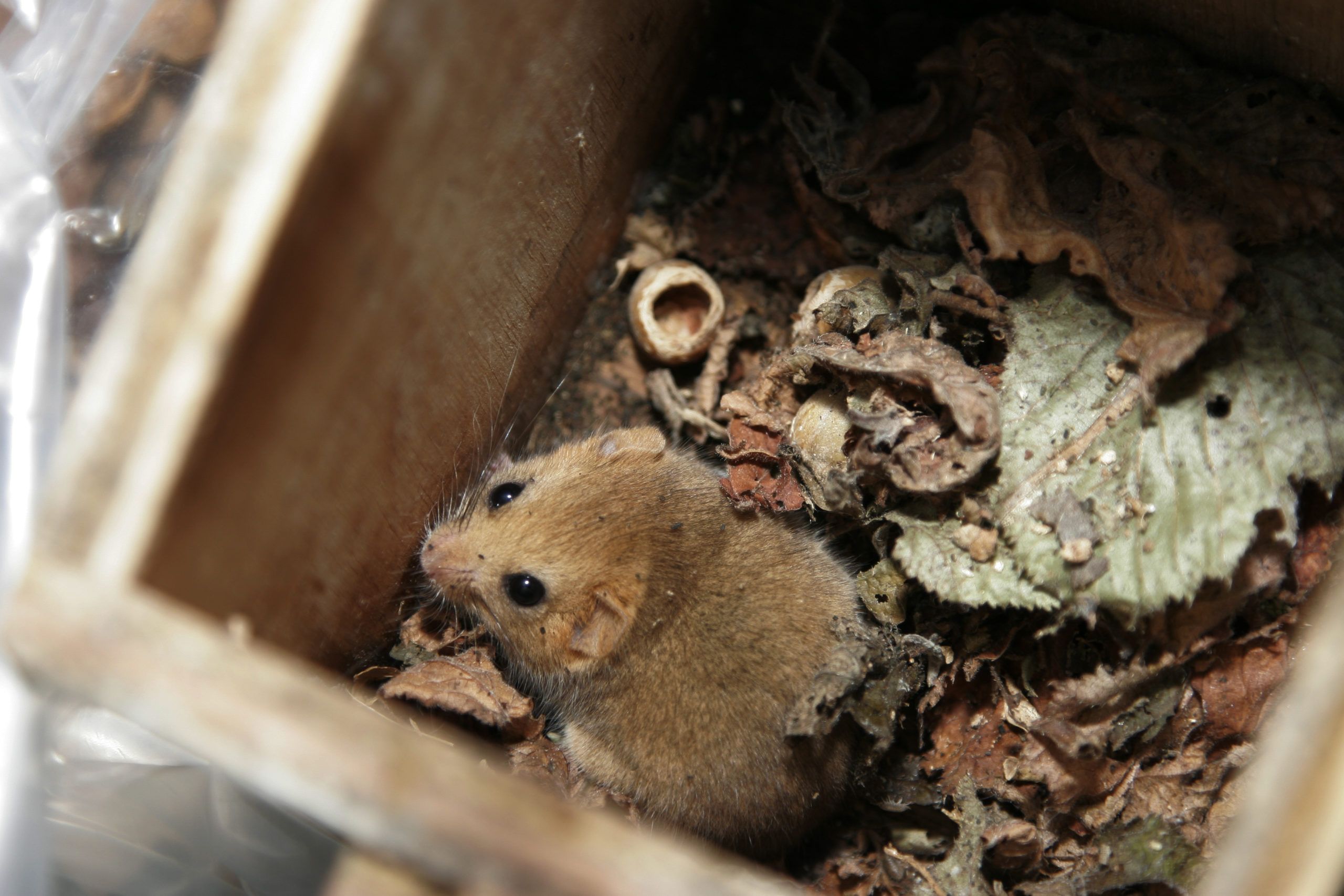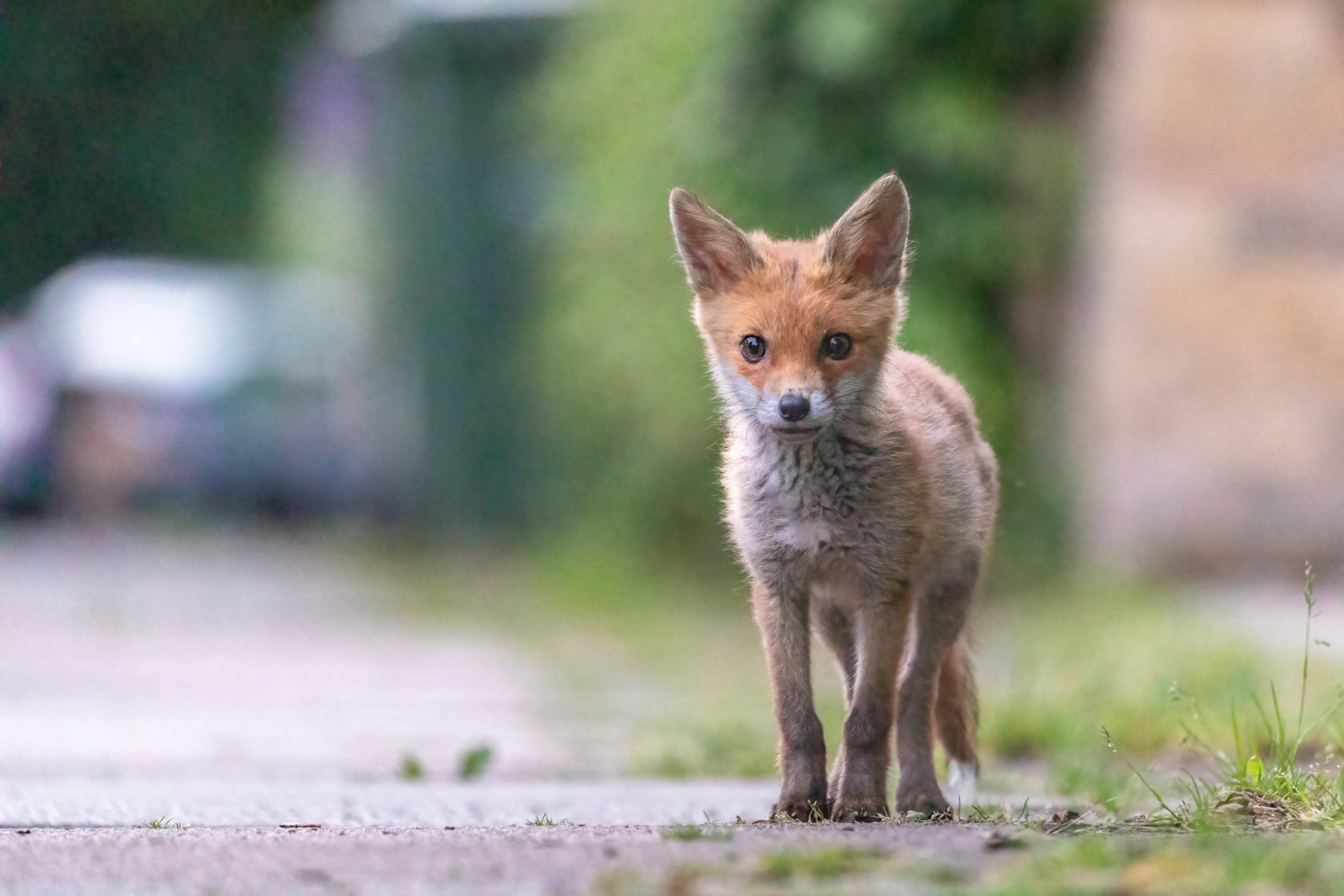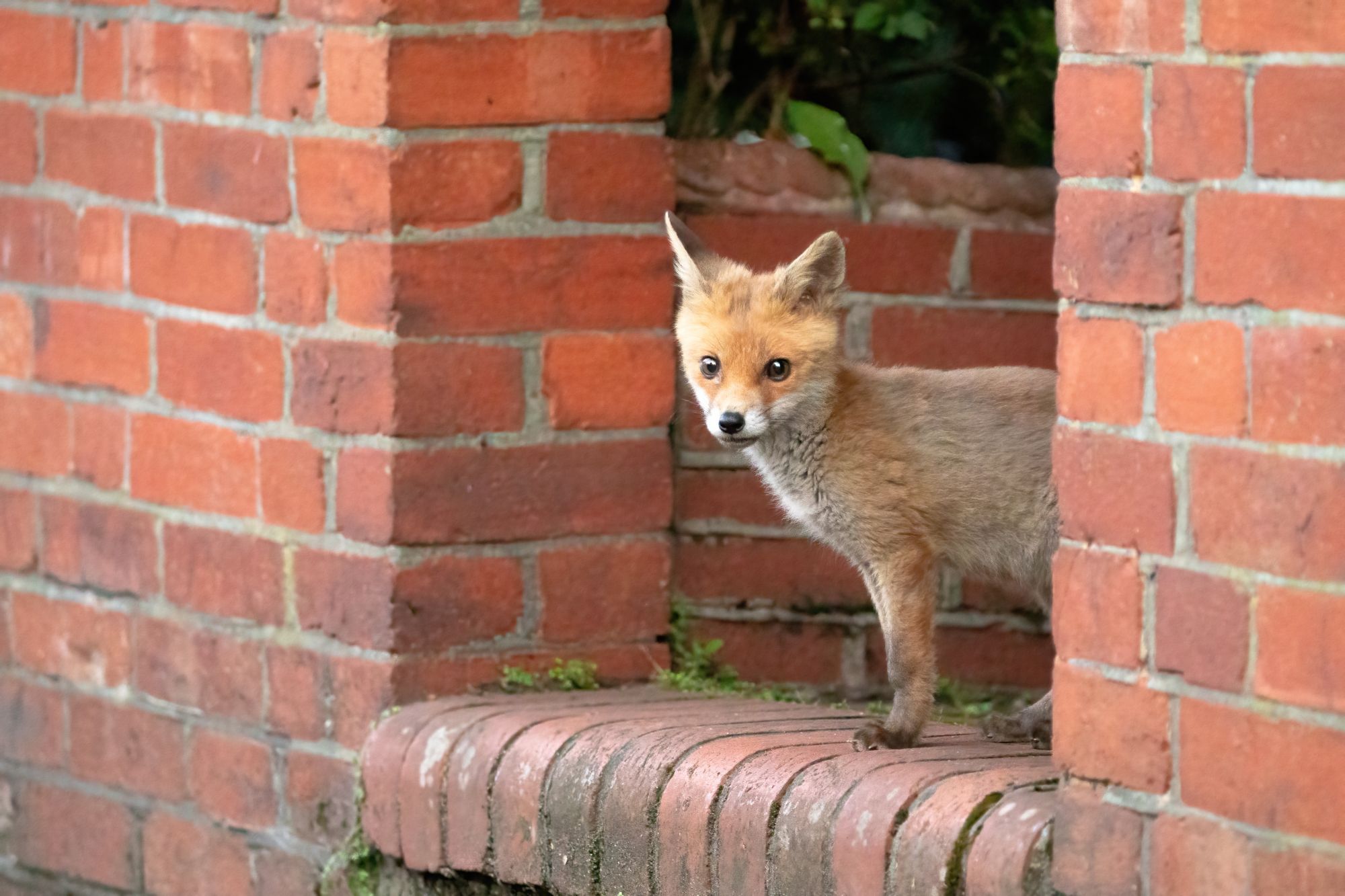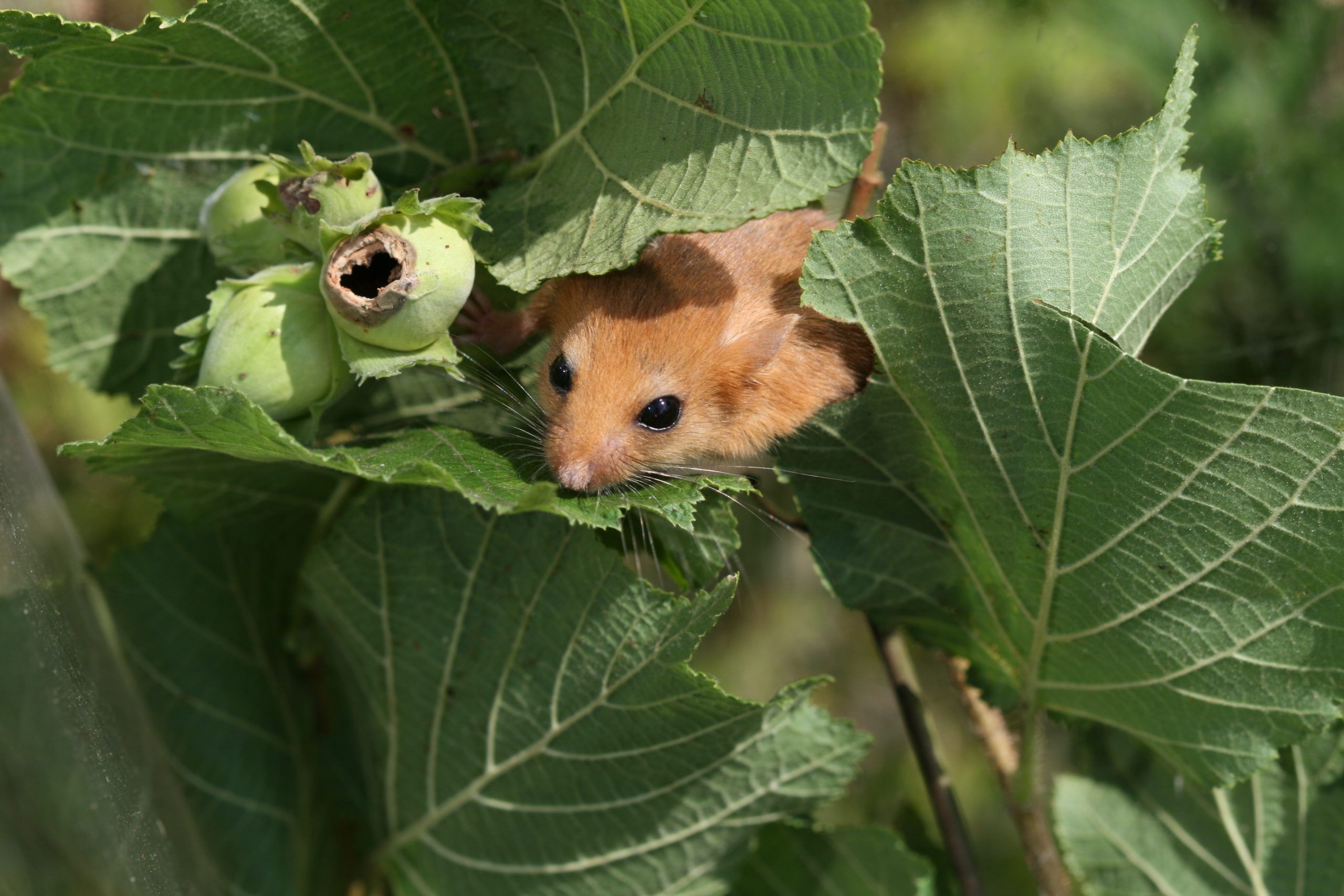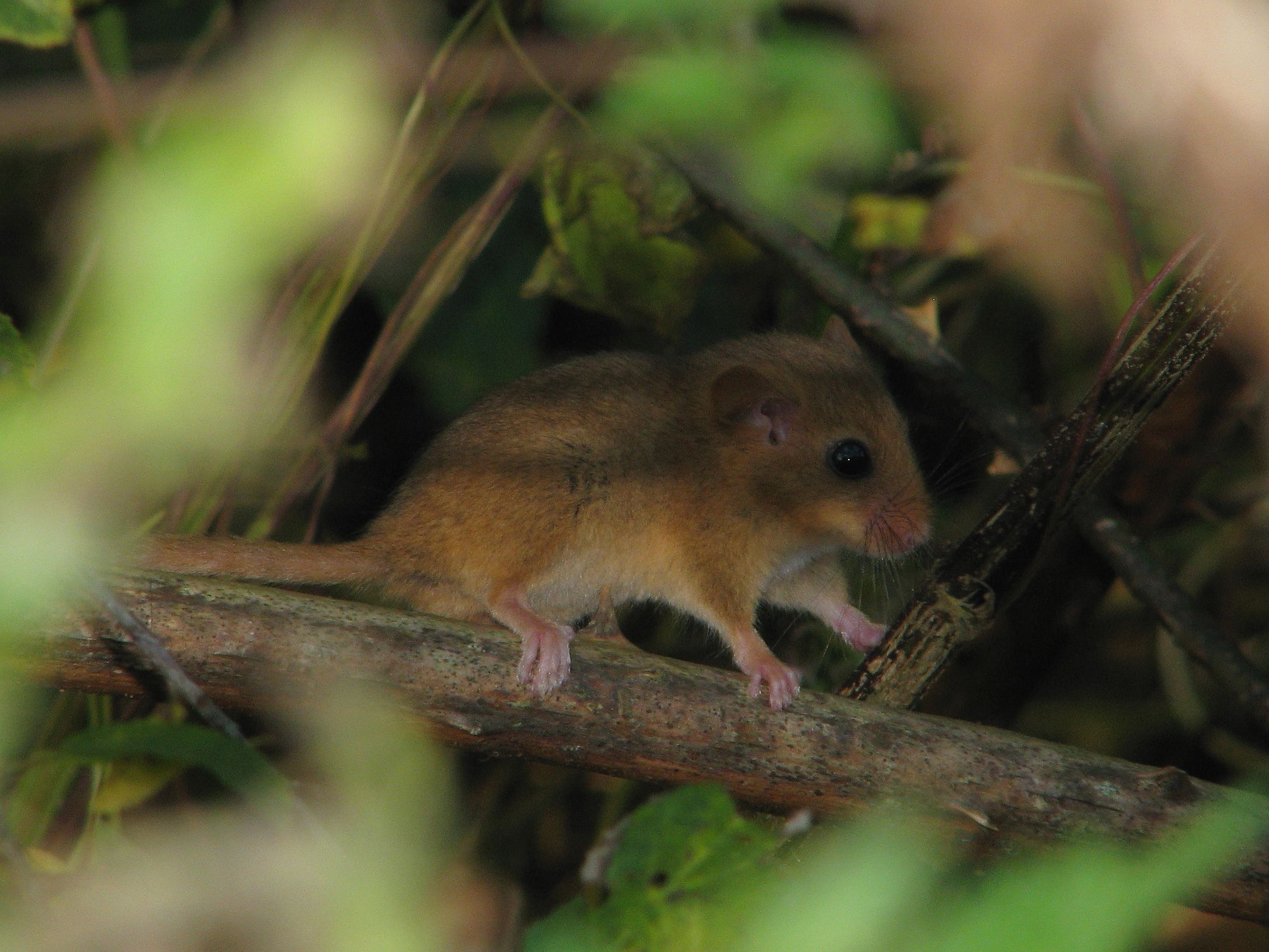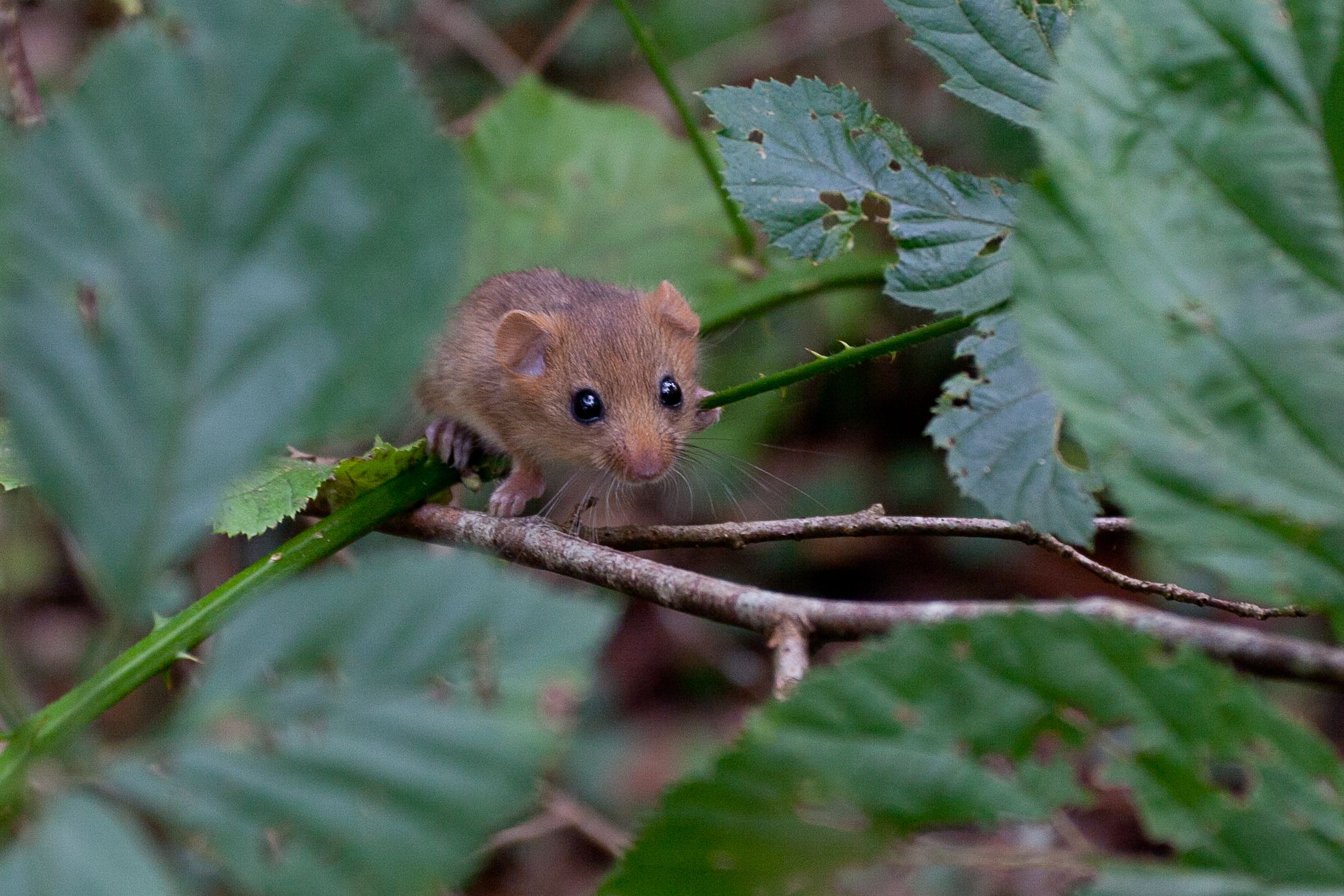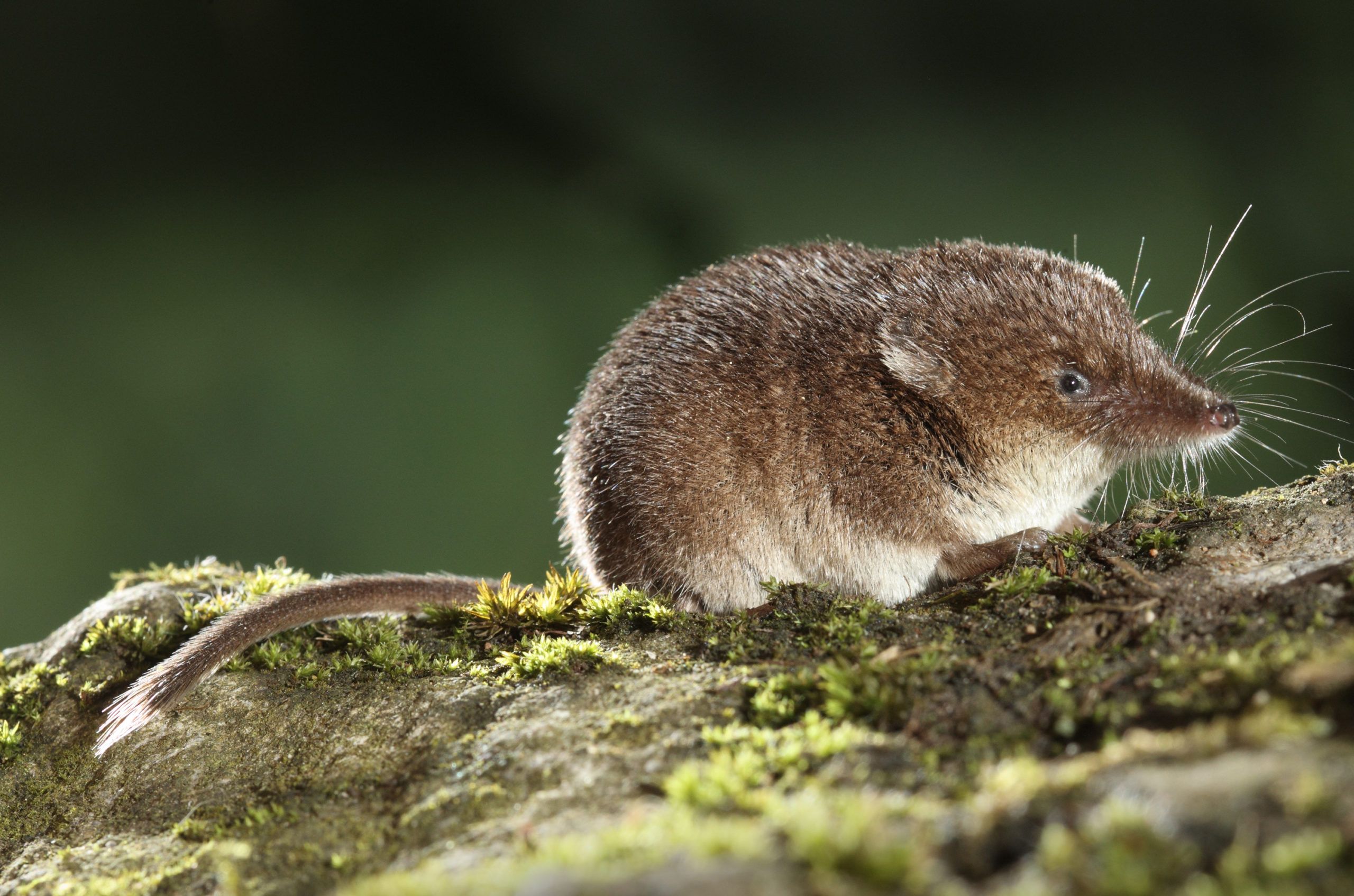Guest authors
Search by topic
Lily is a member of the Nottingham Wildlife Trust Keeping it Wild youth team. Having done a diploma at Brackenhurst, Lily has been accepted at Bangor University to study ecology and conservation. In May, 2024, The Nottingham Dormouse Group invited Lily on one of their sessions and this was her experience. Nestled away in the …
Read article...PTES staff were thrilled about the exciting news that one of the rarest reptiles in the world has had a boost in numbers, thanks to the impressive efforts of PTES partner, Fauna & Flora. Read on for an inspiring report from their team and local experts about the discovery of Critically Endangered Siamese crocodile nests …
Read article...Sushmita Kar, one of our conservation insight grant winners at the Turtle Survival Alliance, talks to us about her recent field work expedition in Nagaland, India, searching for released Asian giant tortoises. Why are we looking for Asian giant tortoises? Asian giant tortoises are mainland Asia’s largest tortoise and the 6th largest in the world! …
Read article...Protecting wildlife and ensuring habitats flourish is critical in this time of a global biodiversity crisis. Unfortunately, we’re all too aware that many of our wild species are under threat. Human activities are having a huge impact on the natural world; and it urgently needs to stop. However, sometimes it’s not clear how best to …
Read article...Population trends and the NDMP Hazel dormouse numbers have been declining in England and Wales throughout the last century. As a result of this alarming trend, they’ve been listed as Vulnerable on the British Red List for Mammals. The Red List is a measure of how likely a species is to go extinct. It’s a …
Read article...Using dormouse records sent in to the National Dormouse Monitoring Programme, we’ve been creating a map showing suitable habitat for hazel dormice projected across England. We can then use this map to help work out the best places to release dormice or to identify areas where dormice are most likely to be found. Developing a …
Read article...In the first half of this two-part blog on photographing urban mammals, we looked at the technical aspects of photography and how to use camera settings, composition and light to your advantage. This second half focuses on the animal itself and what you need to think about when planning a shot. Read part one here. …
Read article...We are blessed with a huge array of mammals in the UK, from small rodents and bats to large badgers and deer and many of these can be found in urban environments. During the travel restrictions of the last year and a half I’ve explored my local area more and I have been surprised and …
Read article...Windsor Safari Park Hazel dormice have always been secretive creatures. Not much was known about them until Dr Pat Morris and Dr Paul Bright began studying the species in the wild to learn more about their habits. It quickly became clear that the species wasn’t doing well. As part of wider conservation plans, a new …
Read article...Last summer we put out our Fingle Woods CCTV wildlife camera kits once again, to learn more about our hazel dormice. Last time we set them up, in 2018, we detected some fascinating behaviour that wouldn’t have been possible to observe using standard nest monitoring methods. We saw dormice spend time grooming their coats and …
Read article...David Talbot describes his experience volunteering this summer with the Back On Our Map (BOOM), Natural England and Morecambe Bay Partnership (MBP) during the landmark release of the 1000th hazel dormouse in Britain, as part of PTES’ National Dormouse Reintroduction Programme. Getting involved in citizen science My experience as a volunteer started pre Covid-19 in …
Read article...Supporter Kenneth Phipps sheds light on some of Britain’s smallest and often overlooked mammals. The British mainland has three species of shrew, common, pygmy, and water shrew, and all of these little insectivores have intriguing lifestyles. Shrinking shrews Common, pygmy and water shrews undergo a sudden reduction in body weight during winter. This isn’t due …
Read article...
